What Is Masago? All About Sushi's Tiniest Topping
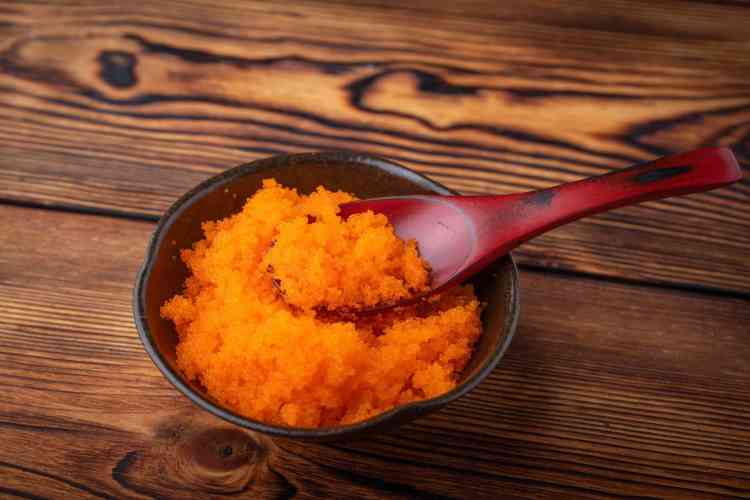
If you are a sushi-lover, you’ve probably noticed that masago is a key ingredient in making your sushi look as delicious as it tastes. But sushi connoisseurs and novices alike might be surprised to learn some of the details of this tiny topping — like where it comes from and how it varies from tobiko, another typical sushi ingredient.
Whether you’re planning to make your own sushi dinner at home or go out and enjoy a nice omakase experience at your favorite sushi restaurant, this guide to masago will tell you everything you need to know about masago’s origin, uses and health benefits.
Jump to Section
- What Is Masago?
- Masago vs. Tobiko
- Benefits and Drawbacks of Eating Masago
- Cooking With Masago
- Where to Buy Masago
What Is Masago?
Masago is a common topping for many different types of sushi. It is the roe of the small capelin fish that are found in the cold, northern waters of the Atlantic Ocean. If you are unfamiliar with the capelin fish, they closely resemble sardines in size and color. Capelin are not typically harvested for their meat. Rather, they are caught mainly to harvest the roe and to be used in different types of fish oils.
Like most other fish eggs, masago has a salty taste, but unlike other forms — tobiko and salmon roe, for example — masago doesn’t have a signature crunch or burst to it; its texture is more smooth and uniform.
Masago is naturally a yellowish color when harvested, but it is typically dyed before being used in sushi dishes. You’ll often find it dyed a bright orange or red color, although black and green are common variations as well.
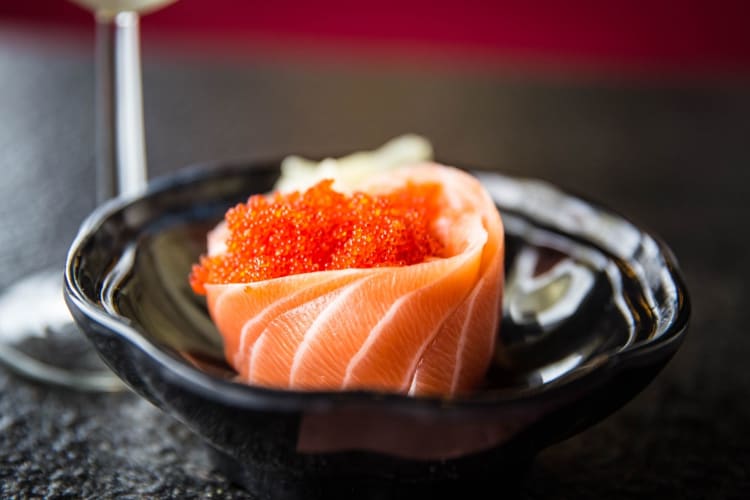
Masago vs. Tobiko
Many guides to sushi for beginners will explain the detailed differences between masago and tobiko, but here are a few quick distinctions between these two popular sushi toppings.
What is masago in sushi? Well, both masago and tobiko are fish eggs, but they come from different fish. Tobiko is the roe of flying fish, and it is harvested in warmer waters. Masago is tiny, while tobiko has a larger size. Because it comes from a different, rarer type of fish, tobiko is slightly more expensive than masago. It is also naturally a bright red color, while the masago has to be dyed to achieve the same effect.
In flavor and texture, there are subtle but important differences between these two types of sushi toppings. These two ingredients are similar in flavor, but some say that tobiko has a slightly smokier, sweeter taste to it than masago. Masago, as mentioned, has a slightly smoother texture, while tobiko, with somewhat larger eggs, produces more of a crunch or burst when eaten. Some sushi lovers compare the sensation of eating tobiko to that of eating boba.
While some might say that masago is simply a cost-friendly alternative to the higher-priced tobiko, that isn’t always the case. Masago might be a little bit easier on your wallet, but it is just as flavorful an addition to your next sushi dinner as tobiko, and masago is certainly still considered a premium product.
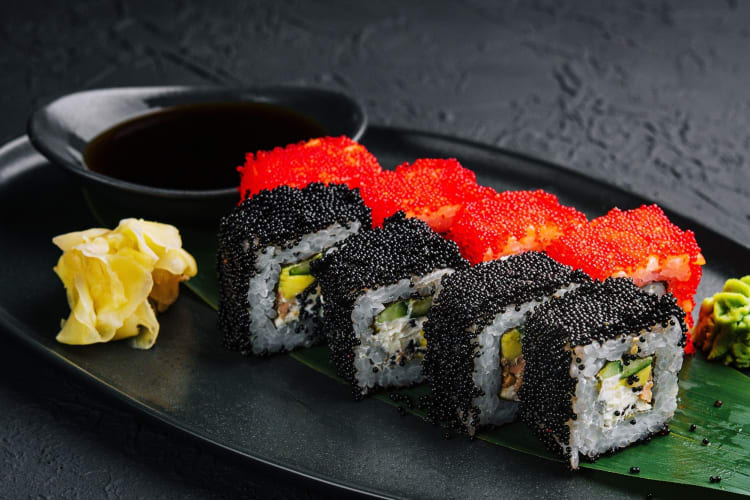
Benefits and Drawbacks of Eating Masago
Potential Benefits of Eating Masago
Masago is more than just a brightly colored topping you can put on your sushi. It contains several different health benefits that make it a good option for anyone watching their diet. According to Healthline, masago is low in calories but has a lot of protein, making it a good high protein snack when you're in the mood for something a bit different. In fact, eating one ounce of masago provides the same amount of protein as one chicken egg.
Masago also contains healthy doses of B12 vitamins, which your body doesn’t produce naturally. Instead of simply getting your B12 vitamins from a supplement, why not try adding some sushi to your diet? It’s definitely a more fun way to get the nutrients you need!
Some other excellent benefits to eating masago are the omega-3 fatty acids and amino acids it supplies. These are healthy building blocks for your body and can be a good reason to enjoy some masago every now and then. All of these benefits, from protein to vitamins, can make eating masago in moderation part of a healthy diet.
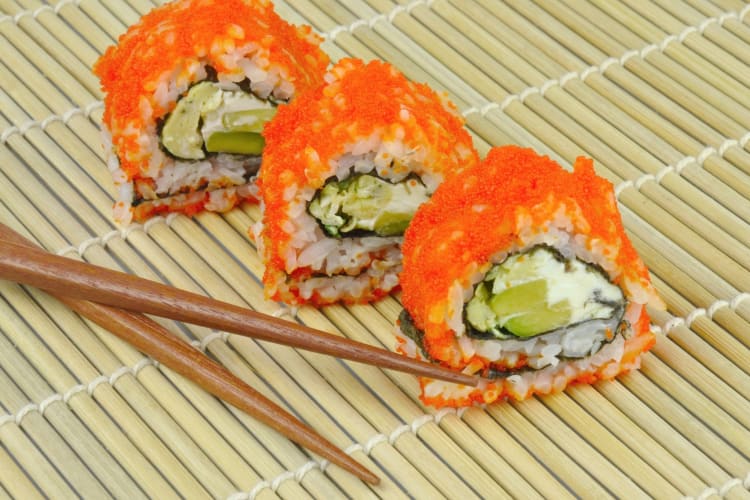
Possible Concerns With Eating Masago
Like many foods, however, masago does have its potential downsides. Remember that no single food is perfect for everyone. You might choose to limit your exposure to masago for different reasons. One potential downside to masago is its high sodium content, a trait it shares with most other types of fish eggs. In addition, it can often be mixed with soy sauce or MSG for flavor, so watch out for that if you have adverse reactions to either of those ingredients.
Another common health worry people have around seafood is the mercury content in some fish. While this is certainly something to consider, capelin fish do not have as high a mercury content as other, larger fish would.
The final downside to consider with masago would be if you have any seafood or shellfish allergies, as masago is a fish product. As with any dish, it is always good to be careful and make sure you are eating the types of foods that work best for you.
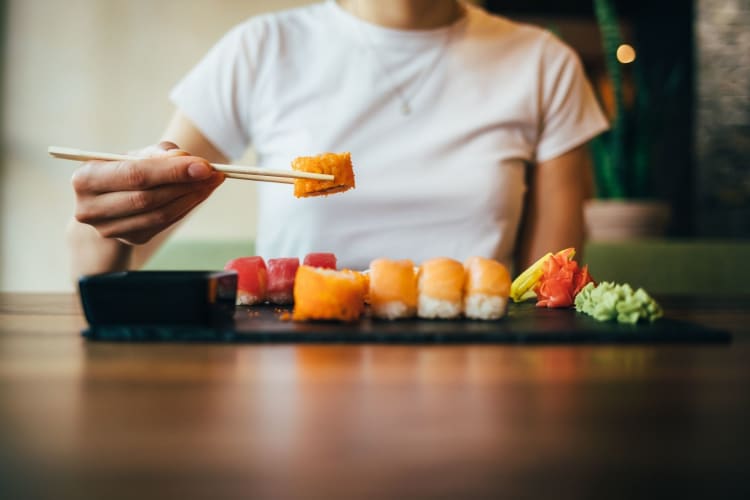
Cooking With Masago
Masago is most commonly used as a finishing touch on different types of sushi or as a garnish in other Japanese dishes, but you'll also find it used in different ways. Sometimes you will see masago served with other snacks or appetizers like cheese and crackers. It can be a flavorful addition to different types of poke bowls or noodle dishes. There are even masago sauces made from mixing masago with soy sauce or other ingredients. You’ll find that these tiny, smooth, flavorful eggs add a salty depth to whatever dishes you’re creating, sushi or otherwise.
Sushi Making Kit
If you're new to making sushi, you might be a little nervous about trying to incorporate masago into your dishes at home. One great way to get started is by trying a sushi making kit. This AYA Bazooka Sushi Making Kit comes with all of the tools you need to feel like a professional sushi chef, and you won’t have to break the bank buying all of the different knives, rice spreaders and rolling mats needed to make delicious rolls or nigiri at home.
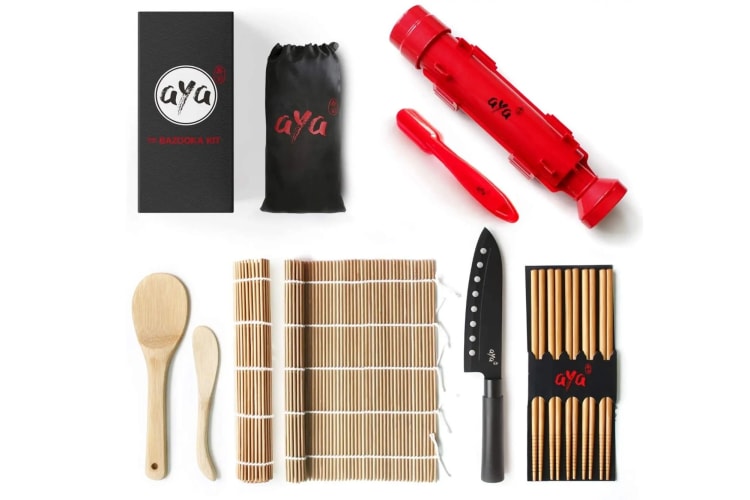
Sushi Making Cooking Class
If you’re still not feeling up to the challenge, or if you’d feel more comfortable learning from a professional sushi chef before taking the plunge yourself, taking a cooking class can be a great way to dive into the skills you need. There are cooking classes in NYC all the way to cooking classes in Portland to help you get started with the guidance of an expert. Check out cooking classes near you to find the perfect one for your needs.
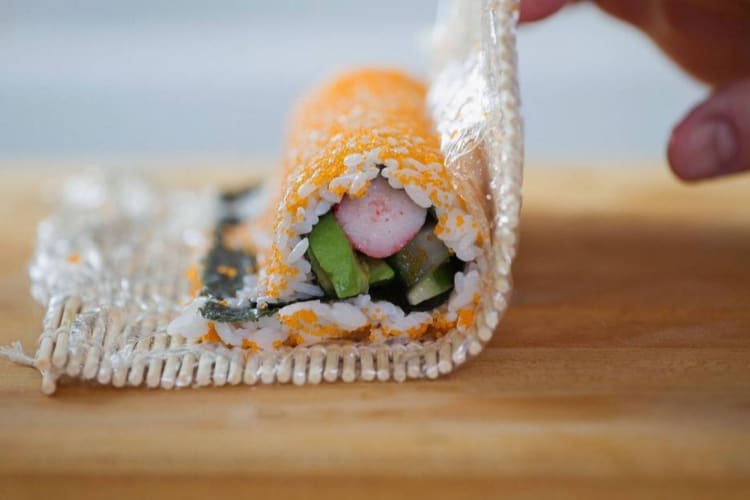
Where to Buy Masago
Prepping for your next sushi night or online cooking class might mean stocking up on masago. You can find this fish delicacy in specialty seafood stores or Japanese grocery stores. There are also plenty of online retailers who will ship masago to you frozen.
Once you’ve secured your masago, keep it frozen for up to six months or refrigerate it in a tightly sealed container for about a week. And don’t forget, if making sushi at home doesn’t work out, you can always go out for sushi! There are plenty of options, from the best NYC sushi to sushi in your own hometown.
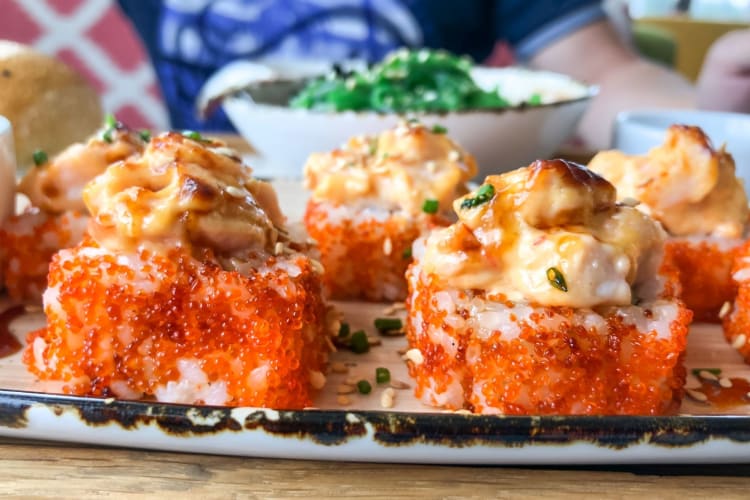
So, what is masago in sushi? The easiest answer is that masago is a perfect, smooth topping for some of your favorite types of sushi. We hope this guide has been a helpful introduction to this premium ingredient.
For even more ways to explore your favorite foods, check out other experiences happening on Cozymeal.



FOOD FOR THOUGHT?
Join the conversation.